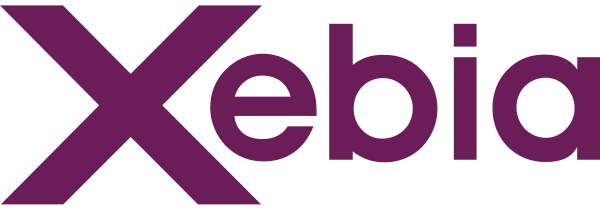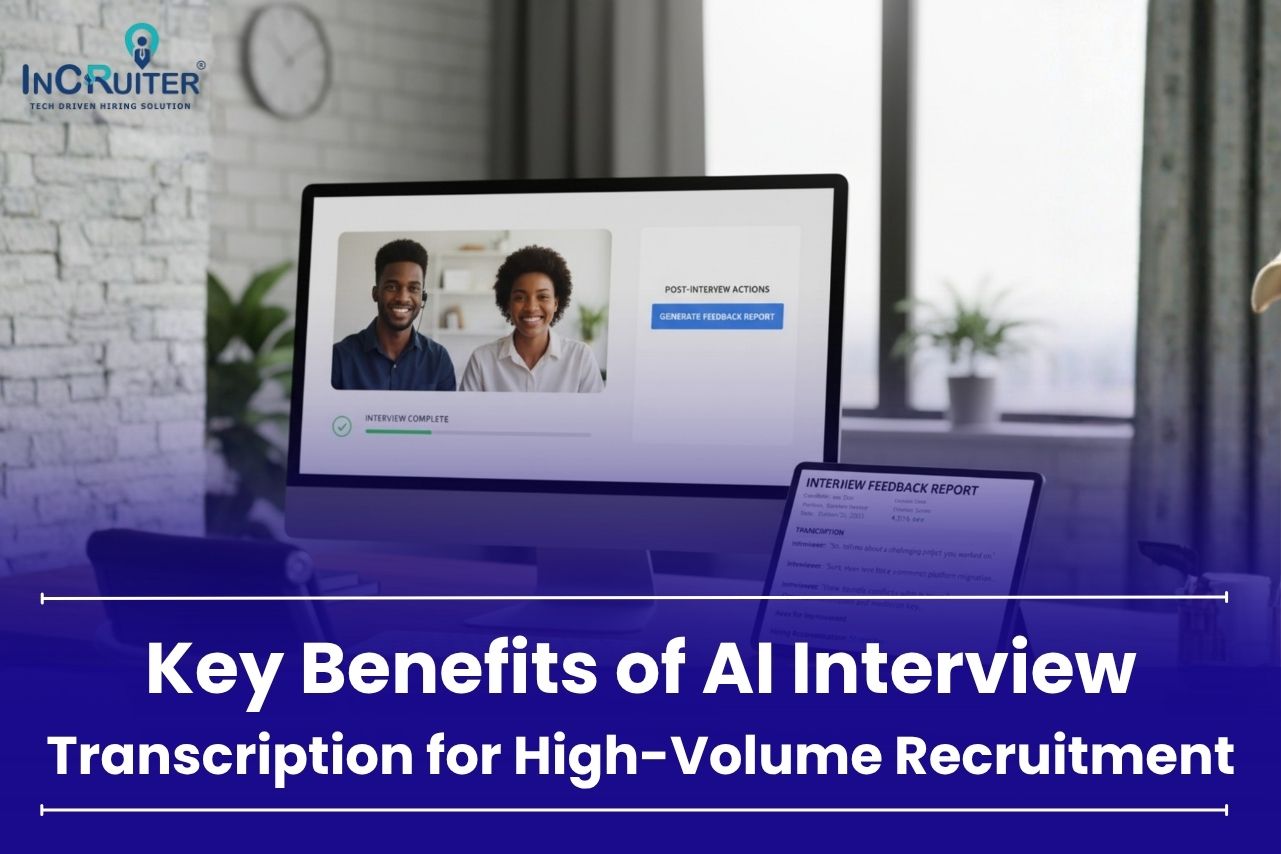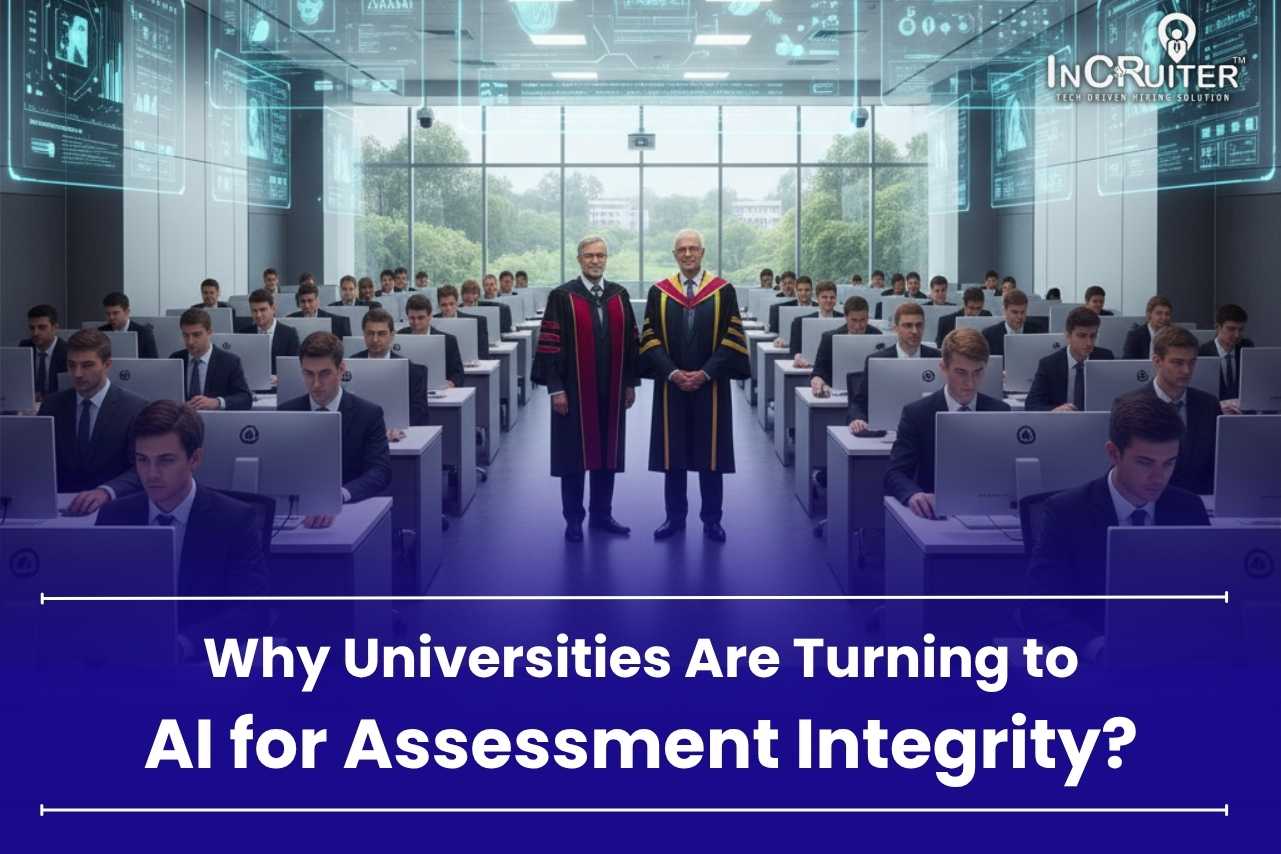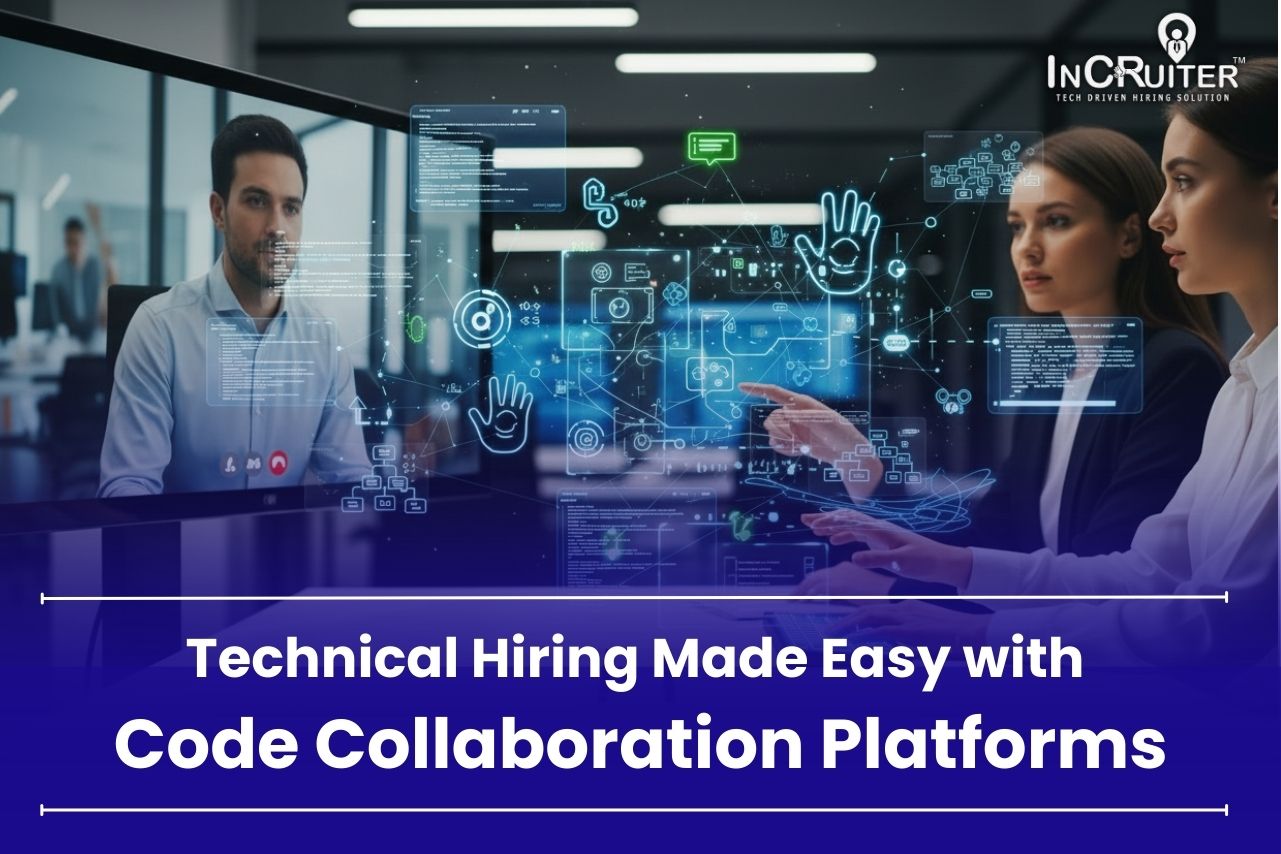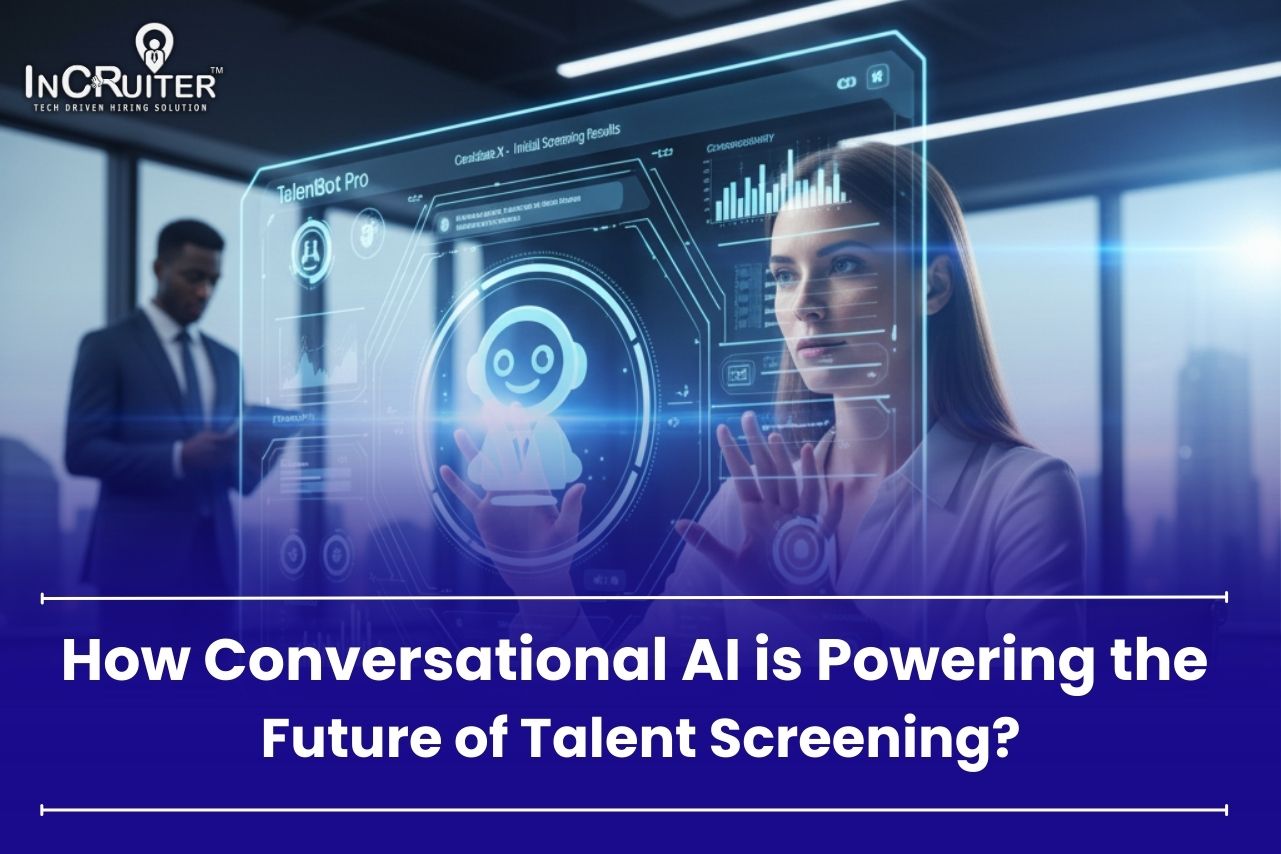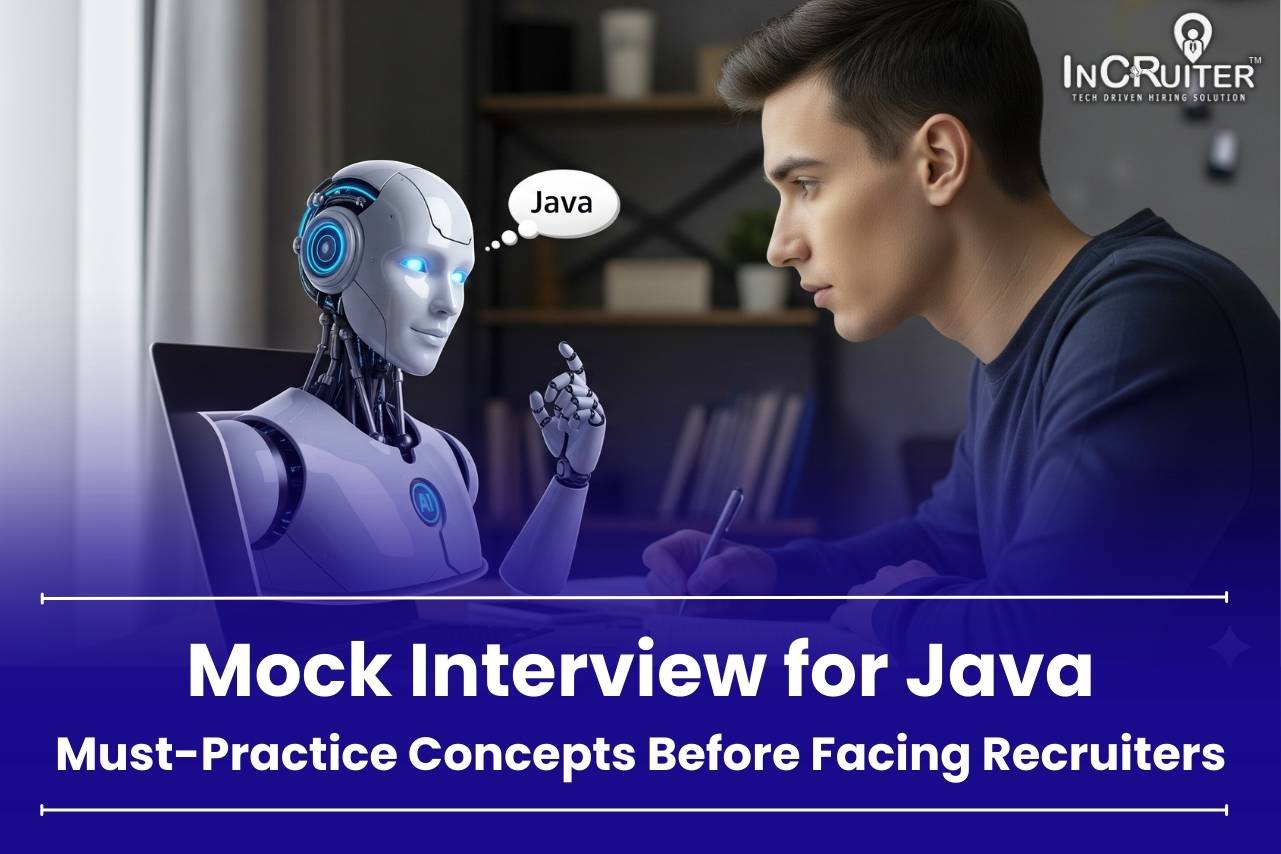A hiring funnel is meant to guide the best candidates through each stage, but what if it leaks at every step instead of flowing smoothly? Slow screening, endless scheduling conflicts, and inconsistent evaluations don’t just frustrate recruiters; they drive top talent away. Without the right Video Interview Software, these problems only worsen, leading to missed opportunities, wasted resources, and a hiring process that can’t keep up with today’s fast-moving job market. If your hiring funnel feels broken, it’s time to ask: Are you losing candidates because of outdated interview methods?
In this blog, we’ll uncover where traditional hiring fails, why video interview software is missing, and how it transforms hiring from a struggle into a strategic advantage.
Understanding the Hiring Funnel
A hiring funnel is the process candidates go through from discovering a job to getting hired. It includes key stages like awareness, interest, application, screening, interviewing, offering, and hiring. The most significant drop-offs usually happen during screening and interviews, where delays and inefficiencies lead to losing top talent. Video interview software helps by making these stages faster, more organized, and effective, allowing recruiters to assess more candidates without dragging out the process. By fixing these bottlenecks, companies can transform a slow, leaky hiring funnel into a streamlined and efficient recruitment system.
Where Hiring Fails Without Video Interview Software?
High Dropout Rates
Top candidates simply vanish when your hiring process drags on for more than two weeks. One recent tech startup in Austin lost 68% of its engineering applicants to competitors during a three-week interview scheduling process. Their most qualified candidates, who received multiple offers, disappeared first, leaving a talent pool stripped of its strongest contenders. Without synchronous video options, scheduling conflicts created bottlenecks that directly translated to offer acceptance rates plummeting from 72% to 31% in just one quarter.
Inefficient Screening & Time Wastage
Manual resume screening followed by preliminary phone calls creates a deceptive mirage of efficiency while doubling workloads. A marketing agency in Chicago spent an average of 26 minutes per candidate on initial screenings, only to discover that 76% of these candidates failed basic skill assessments during subsequent interviews. This pattern forced their recruiting team to restart searches mid-cycle, extending their average time-to-hire to 49 days, nearly double their industry benchmark and costing them approximately $28,000 per unfilled position.
Scheduling Conflicts & Poor Coordination
Cross-functional hiring involving multiple stakeholders becomes a coordination nightmare without integrated scheduling tools. A multinational SaaS company attempting to coordinate panel interviews across four time zones reported losing six high-potential engineering candidates in a quarter. Their average interview scheduling time stretched to 11.3 days, at which point competitors had already extended offers. The scheduling delays for leadership positions requiring executive interviews extended to 17+ days, resulting in a devastating 83% candidate drop-off rate.
Poor Candidate Experience
The silent killer of employer branding lies in the black hole between interview stages. One enterprise healthcare organization saw its Glassdoor rating drop from 4.2 to 3.6 stars in six months, with 72% of negative reviews specifically citing “unresponsive recruiters” and “disorganized interview processes.” Investigation revealed that candidates waited an average of 9.4 days between interview rounds with zero communication, a death sentence for candidate engagement. This communication gap ultimately cost them an estimated $380,000 in employer branding remediation efforts.
Also read: Essential Features of Online Interviewing Platforms for Modern Recruiters
How Video Interview Software Solve These Hiring Funnel Failures?
Eliminating Scheduling Conflicts & Delays
Modern video interview platforms slash scheduling friction by 75%, transforming a process that took days into minutes. With AI-powered scheduling assistants that automatically detect availability across multiple calendars, candidates select interview slots without the traditional email ping-pong. Real-time notifications reduce no-shows by 64%, while instant rescheduling options prevent cancellations from derailing your hiring timeline. For multinational teams, intelligent time zone management ensures that neither candidates nor interviewers face 3 AM meetings, keeping everyone fresh and engaged during critical evaluation conversations.
Enhancing Interview Efficiency
Structured video interviews drive 42% greater assessment accuracy by standardizing the evaluation process across all candidates. AI-generated role-specific question sets eliminate the improvised “tell me about yourself” approach that yields little actionable data. Using collaborative features like real-time Pair Programming, technical teams can evaluate practical skills during the interview rather than through separate assessments, compressing multiple rounds into a comprehensive evaluation. With instant scoring frameworks, interviewers submit structured feedback immediately after each session, preventing recency bias and ensuring consistent evaluation criteria across all candidates.
Improving Candidate Engagement
Interactive video interview platforms create branded interview environments that elevate the candidate experience while slashing drop-off rates by 61%. Real-time collaboration tools enable candidates to demonstrate skills rather than just discuss them, creating more engaging conversations that reveal authentic capabilities. Post-interview automated communications maintain momentum, with 78% of candidates reporting higher satisfaction with companies using structured video interview processes. By eliminating travel requirements, virtual interview platforms also broaden your talent pool geographically, opening access to candidates who might otherwise decline interview opportunities due to logistics.
Enabling Data-Driven Hiring Decisions
Recorded interviews transform subjective impressions into objective data points, and 68% of hiring managers report more consistent candidate evaluations. Advanced platforms analyze verbal and nonverbal communication patterns, helping identify candidates whose soft skills complement their technical abilities. Team-based review capabilities allow hiring committees to evaluate responses collaboratively, with timestamp-linked comments directly tied to specific answers. This collaborative approach has reduced hiring biases by 44% while increasing consensus on final selections, resulting in better fits and lower turnover among new hires.
Preventing Fraudulent Practices
Sophisticated AI proctoring features have reduced identity fraud by 92% among companies using enterprise-grade video interview platforms. Beyond basic identity verification, advanced systems detect suspicious behaviors like frequent screen switching, unusual eye movements, or voice inconsistencies that may indicate coaching or impersonation. Secure browser environments prevent candidates from accessing pre-prepared answers during assessments, while AI-powered plagiarism detection identifies responses copied from online sources like ChatGPT or Gemini. For technical roles, integrated coding environments with keylogging capabilities ensure that submitted work represents the candidate’s actual skills, not those of an off-screen collaborator.
Also read: Top 5 Video Interviewing Tools to Streamline Virtual Hiring.
Comparative Analysis: Traditional Hiring vs. Video Interviewing Software
| Aspect | Traditional Hiring | Video Interview Platform |
| Scheduling | Manual coordination, time-consuming | Automated scheduling, reduces delays |
| Interview Format | In-person or phone interviews | Live video interviews with real-time interaction |
| Candidate Dropouts | High due to long processes | Lower as interviews happen faster |
| Scalability | Hard to manage multiple candidates | Easily handles high interview volumes |
| Consistency | Varies by interviewer | Structured format ensures fairness |
| Evaluation Process | Feedback may be inconsistent | Built-in rating tools for objective assessment |
| Fraud Prevention | Difficult to verify candidate identity | AI-powered proctoring ensures authenticity |
| Recording & Review | No records, hard to revisit discussions | Interviews can be recorded for better evaluation |
| Geographical Limitations | Requires travel, limiting access | Global access with remote hiring capabilities |
| Candidate Experience | Can be inconvenient and lengthy | Faster, flexible, and more engaging |
Why Video Interviews Are No Longer Optional?
Market forces have transformed video interviewing from luxury to necessity. With 76% of candidates now expecting virtual interview options and 82% of top performers unwilling to engage with companies using outdated hiring methods, adoption has become a competitive requirement. According to Forbes, among 506, over 46% of organizations implementing comprehensive video interview platforms to shorten the hiring pipeline. This efficiency differential creates an insurmountable advantage over competitors still relying on traditional methods. As remote work normalizes globally, companies without robust virtual hiring capabilities increasingly cannot compete for international talent, restricting their candidate pools precisely when skill shortages demand broader sourcing strategies.
Conclusion
Your hiring funnel is only as strong as its weakest stage. Traditional interview methods slow things down, create delays, and cause companies to lose great candidates. Video interview software doesn’t just fix these problems; it transforms hiring by making interviews faster, more organized, and more secure. It helps businesses find the right talent without wasting time or losing top applicants to competitors. In today’s fast-paced job market, the real question isn’t whether you need video interview software; it’s whether you can afford to fall behind.
Upgrade your hiring process with InCruiter video interview solutions.








